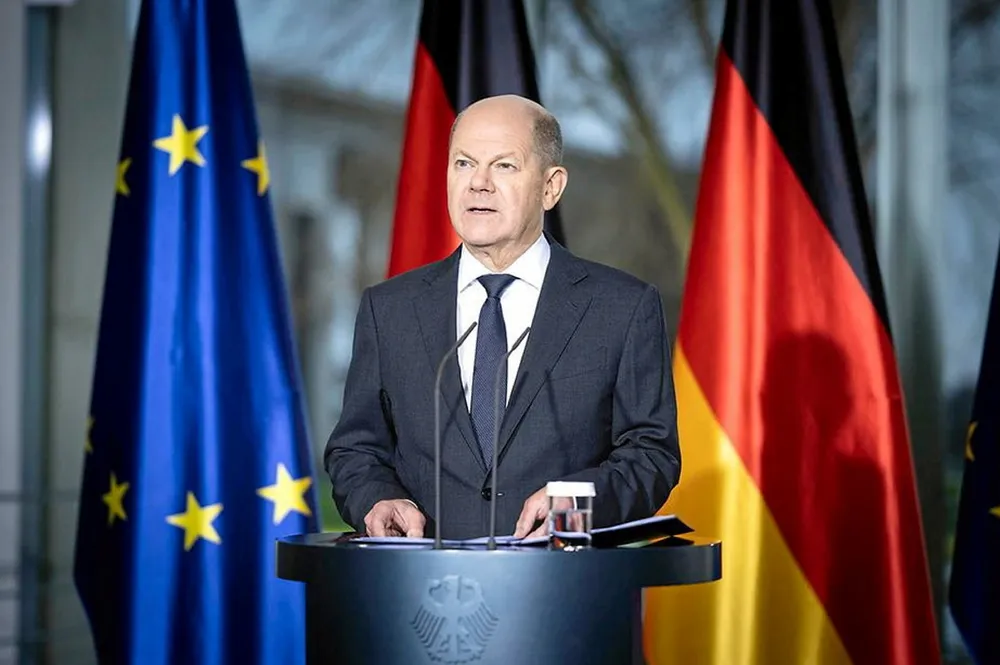Germany to build 17-21GW of new hydrogen-ready gas-fired power plants, says Chancellor
Facilities are expected to be used as back-up when there is not enough wind or solar power to meet demand

Facilities are expected to be used as back-up when there is not enough wind or solar power to meet demand
